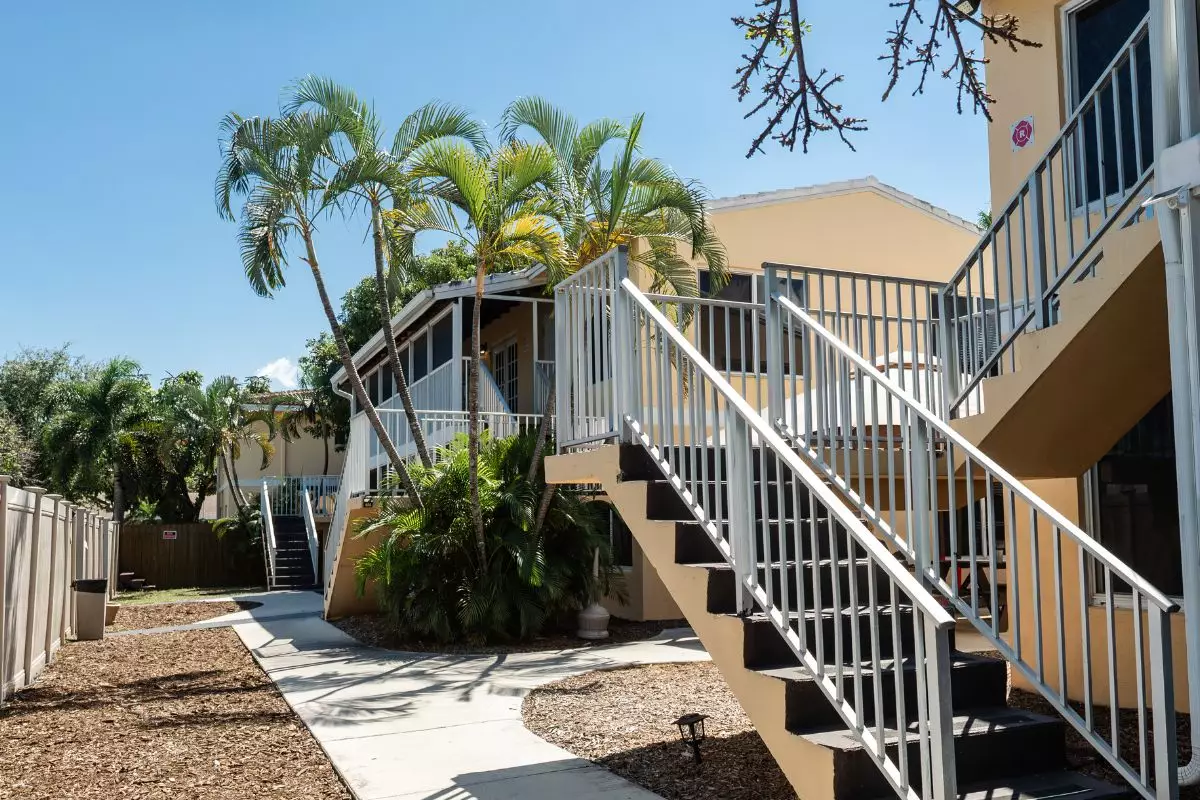Borderline personality disorder (BPD) is a mental health disorder. It typically changes the way a person feels about themselves and other people. Often, it makes it hard to function in daily life because of difficulties in managing emotions and behaviors. Many people also struggle with unstable or limited relationships. This is often due to self-image and what a person thinks of themselves and the world around them. Borderline personality disorder and addiction can go hand-in-hand.
Signs of Borderline Personality Disorder and Addiction
What is BPD? A person with BPD may struggle with a number of relationship concerns. This includes an intense fear of being left alone or being abandoned. Some also experience difficulty being alone and, when they face tense situations, they may experience mood swings, anger, and impulsive behavior. A person with this type of condition isn’t able to control their actions. They may push people away from others even though they want to maintain healthy relationships.
Alcohol and drugs often play a role in this. In some situations, a person may use alcohol or drugs as a way to hide or control the symptoms they feel. That may include using substances that can depress the function of the central nervous system, helping them to stop thinking about and feeling BPD symptoms. Being triggered by a variety of other risk factors, addiction forms when a person is repeatedly using alcohol or drugs as a way to manage their condition. It may work for a short period of time, but soon they need more substances to get the same type of results. This leads to dependency.
Symptoms of BPD and alcohol use may include:
- Intense fear of abandonment or going to extreme members to avoid separation
- Using alcohol (or drugs) as a way to minimize negative thoughts and feelings
- Stress-related paranoia can sometimes occur, leading to risky behavior, a loss of contact with reality, and feeling intense fear
- Feelings of emptiness and using substances, including stimulants to feel “normal”
- Experiences outbursts of anger or fear that do not seem to logically fit what is occurring in their surroundings
- Experiencing worsening symptoms when not using alcohol or drugs, often to the point where it feels like it’s essential to use to control thoughts and behaviors
BPD can worsen over time especially if not treated initially. When it does worsen, a person may struggle with trauma, a higher risk of using highly addictive drugs or alcohol, and even the development of psychosis. Without treatment, many people cannot control their addiction normal the way they think or act. Some people may have symptoms that come and go, but addiction typically remains present long term.
How to Get Help for BPD and Addiction
For those who experience symptoms of this type of condition, treatment for both the mental health disorder and the substance use disorder needs to occur at the same time. Dual diagnosis addiction and BPD treatment can occur, leading to the best possible outcomes for many people. In this type of treatment, center things typically occur.
First, an assessment is done to better understand a person’s mental health disorder. A formal diagnosis is necessary to determine what type of help a person needs. This is often done by a medical doctor and a therapist. Assessments lead to the creation of treatment plans.
In dual diagnosis treatment centers, a person will work to achieve several goals. The first is to stop using substances. Detox and residential treatment may be the best first steps for many people. This allows for the toxins to leave the body. It also works to break dependence, a condition that forms when a person’s body and brain become dependent on the substances to function normally. This may lead to cravings and intense physical pain, emotional turmoil, and insomnia when a person is not using.
In addition, treatment begins to help with BPD as well. This may include a range of medications. These medications may help to reduce the underlying cause of BPD. This may be possible if there is a chemical imbalance causing it, for example. Many people with BPD also have brain abnormalities, which impact emotion regulation, aggression, and impulsiveness. Treatment for BPD can help to minimize the presence of symptoms.
In addition to this, dual diagnosis treatment centers also typically include a holistic vehicle with treatments meant to stimulate natural healing and build up overall health. The goal is to create strategies to manage this chronic condition long term.
With the help of professionals in a dual diagnosis treatment center like First Step, many people see a significant amount of improvement in health and overall wellbeing. They may even be able to live a long healthy and productive life. The key is having the right medications and therapies available to them to ensure this is possible. If you or a loved one is struggling with BPD and addiction, reach out to our team for help.
Jump to a Section
Call (855) 425-4846
